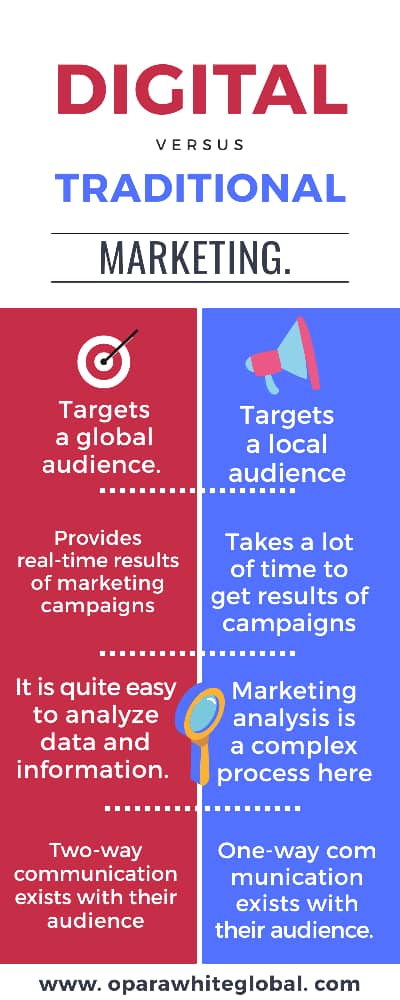What is social media marketing?
Table of Contents
Social Media Marketing is a digital marketing strategy that leverages social media platforms to connect with and engage an audience. It involves creating and sharing content, such as text, images, and videos, to promote products, services, or a brand. The main objectives are to increase website traffic, create consumer engagement, raise brand exposure, and eventually increase conversions. Utilizing the strength of social networks like Facebook, Twitter, Instagram, and LinkedIn, social media marketing reaches a specific audience, engages with clients, and establishes a solid online presence with the goal of fostering brand recognition and business growth.
Succeeding in Social Media Marketing: Strategies for Engagement and Growth
Social media has completely changed how companies interact with their customers and offers a strong platform for engagement and brand development. But being successful with social media marketing involves more than just posting content; it also calls for a well-thought-out plan, consistency, and adaptation. We will examine the essential components that might support your success in the dynamic field of social media marketing in this extensive tutorial.
Set Specific Goals
It’s critical to establish your goals before stepping foot in the realm of social networking. What do you hope to accomplish? Common objectives are:
- Increasing brand recognition
- Increasing sales or conversions by driving traffic to the website
- Increasing consumer interaction
- establishing a devoted community
Your social media strategy will be shaped by each objective, including the material or content you produce and the channels you use.
Understand Your Audience
The key is to know who your target market is. You should develop campaigns and material that speak to the wants, requirements, and preferences of your audience. Considerable factors include:
- Demographics (gender, location, and age)
- Psychographics (beliefs, values, and way of life)
- Online habits/behaviors (social media platforms used, peak activity times)
- Problems and obstacles that your product or service can help with
You may learn more about the habits and preferences of your audience by using research and analytics solutions.
Choose the Right Platforms
Social media sites are not all made equal. You must go where your audience is if you want to succeed. Consider the following well-known platforms and their distinctive qualities:
Instagram is fantastic for visual material and for attracting a younger audience.
Facebook is great for reaching a variety of people and has effective ad targeting capabilities.
Twitter is best for real-time updates and news sharing.
LinkedIn is ideal for business-to-business (B2B) marketing and networking.
TikTok is excellent for short-form video content, appealing to a younger audience.
Pinterest is excellent for visual material, especially in the DIY, fashion, and beauty areas.
Select the platforms that best serve your objectives and target market.
Develop a Content Strategy
The core of your social media presence is your content. It ought to be interesting, useful, and pertinent to your audience. Important components of a successful content strategy include:
A content calendar: Plan your content in advance to ensure consistency.
Content types: Mix interactive material with text, pictures, videos, and other media to keep your audience interested.
Storytelling: Create gripping narratives to emotionally engage your audience.
Visual appeal: To increase brand identification, keep your visuals consistent in terms of appearance and feel.
Prioritize producing high-quality material that adds value over producing large amounts of it.
The Key Is Consistency
Your growth may be hampered by irregular or occasional posting. Establish and adhere to a posting schedule that corresponds with the periods when your audience is active. Maintaining consistency helps people trust you and remember your brand.
Engage Your Audience
The use of social media is reciprocal. Respond to comments, mails, and mentions to engage your audience. Express gratitude for user-generated content and take an active part in discussions about your area of expertise.
Use Visual Storytelling
Images and videos have a high shareability and engagement rate. To hold viewers’ interest with your graphics, use storytelling strategies. Additionally, live streaming and behind-the-scenes material might convey authenticity.
Analytical Monitoring
Regularly evaluate your social media performance. Platforms provide information on audience demographics, reach, and engagement. Important metrics to monitor are:
- Increased engagement (likes, comments, and shares) among followers.
- Rates of click-through.
- Rate of conversion (if applicable)
- Make adjustments to your plan and improve your content using these insights.
Paid Promotion
Social media networks provide a wide range of advertising choices. You can target particular demographics with paid ads, increase visibility, and encourage conversions. Set aside some of your budget for clever advertising initiatives.
Influencer Partnerships
By collaborating with influencers who support your business, you can reach a wider audience with your goods or services. Increased brand exposure can result from influencers’ ability to provide honest content that connects with their following.
React to algorithm and trend changes
Social media is always changing. Keep abreast on the most recent trends and algorithmic updates. To benefit from new features and make sure your content is still visible, change your strategy.
Community Development
Encourage a sense of belonging among your supporters. Build a devoted and interested audience by promoting discussion, conducting polls, and holding Q&A sessions.
A/B testing
To find out what resonates most with your audience, test out various content types, posting timings, and ad wording. Your strategy can be improved over time using A/B testing.
Crisis management
Be ready for any unfavorable coverage or backlash. Establish a crisis management strategy and react to any problems with promptness and professionalism.
Calculate ROI
At the end of the day, you need to assess the ROI of your social media marketing initiatives. Determine the amount of sales or conversions that may be directly linked to your social media initiatives. You can use this information to guide your data-driven decisions.
Final Words
In conclusion, effective social media marketing requires careful preparation, a grasp of your target audience, the production of worthwhile content, and constant adaptation to the ever-evolving social media landscape. Although it takes time and effort to develop a successful social media presence, the benefits in terms of brand visibility, engagement, and growth can be significant. You may set up your company for success in the digital sphere by adhering to five essential principles and remaining flexible in response to trends and customer feedback.




